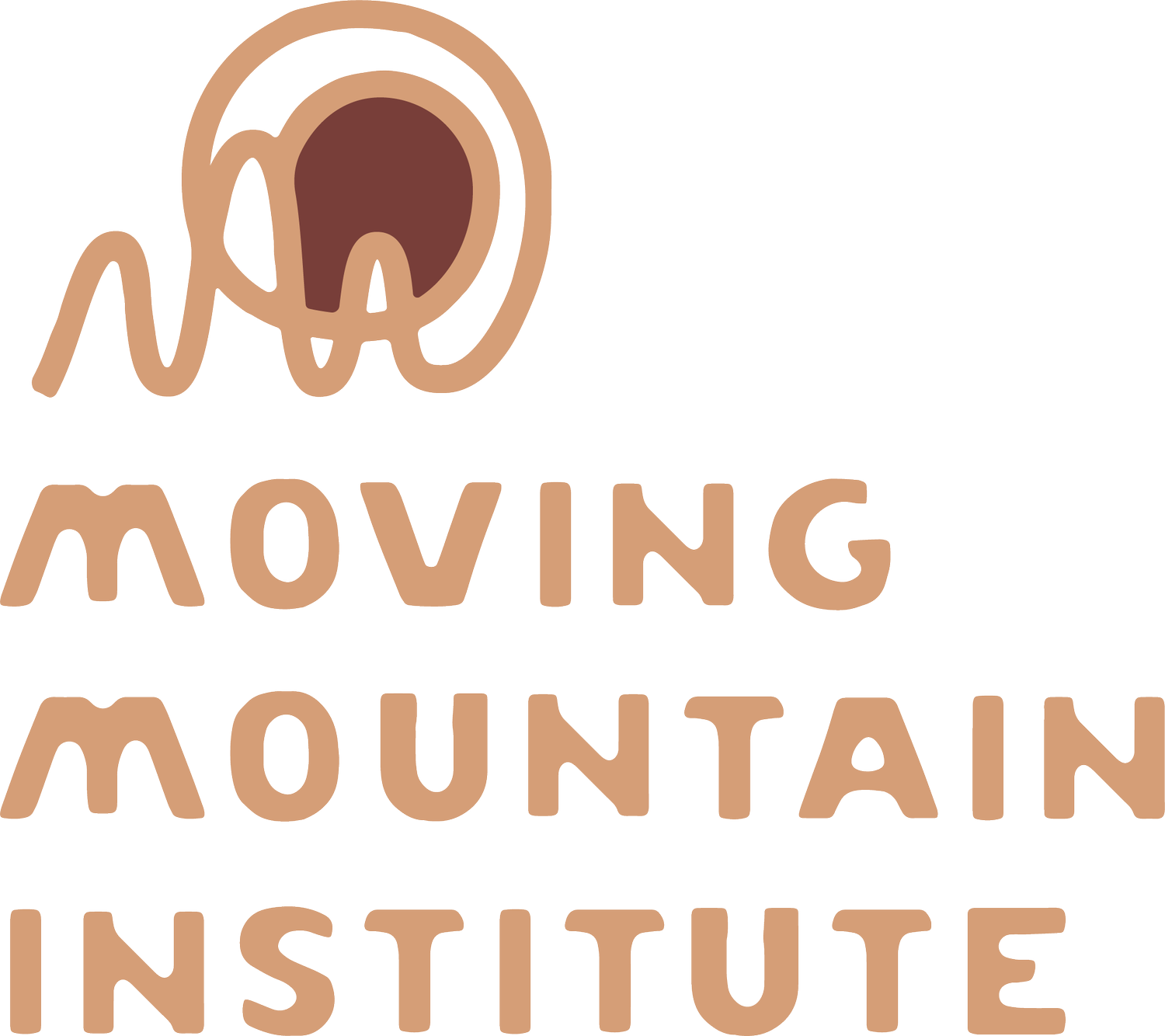Check and Adapt
/Check and adapt - it’s a theme that guides all of our work. It starts in the clinic with each patient and within each individual session. There is both an implied and explicit expectation that before we begin working we have established a “treatment plan.” This doesn’t make sense.
There are valuable insights to be gleaned from our intake. I love the process of imagining myself into a person's activities and descriptions of what they are experiencing and how it arises. This process blends with (an always evolving) understanding of how the body experiences itself. If you are practicing East Asian medicine or are an N.D. you have a plethora of other diagnostic tools at hand.
However, all of those are incomplete without contacting the body, the tissues, the stories embedded within them. Even if one is using pulse and is skillful at it, there is still the palpating of the channels and the specific points within the channels that further unfolds a story about that person and what their system is experiencing.
So, based on information from intake and my history with the person, I have some things I’m curious to explore. The order doesn’t really matter, if I get hung up on the order of operations, I am less curious and less receptive and thus the insights I get are going to be diminished.
This beginning sets the stage for a lot of flexibility within treatment. I have not committed myself to a diagnosis or assessment, which once we have, it is natural that we are reluctant to shift, confirmation bias is real and we are going to naturally want to confirm our original ideas, even if new things are presenting themselves. So, start more open, and refine ideas as you go, based on what you are learning from the body. Maybe by the end of the session there is a story that has unfolded based on what was learned between you and your person.
This sets the stage for being able to regularly and at all altitudes, “check and adapt.”
Were my initial curiosities leading to useful insights? Do I need a different approach? More granularly, I am always adjusting pressures and modalities to make sure the work is meeting the needs of the person’s system I am treating. This way of working establishes real time and evolving collaboration between me and my people. Both at the level of actual contact and at the level of which modalities and where we are working.
Our approach to teaching techniques emphasizes principles and process within a learnable framework, this takes the place of applying protocols to the uniqueness of each person you treat and gives you a solid foundation to explore this type of flexibility in your work.
One of the pitfalls of medicine in western culture is its certainty. Western medicine tends to get “fixed” in concepts and perspectives and is reluctant to take in new information that might lead to a change in perspective and/or practice. This occurs in holistic care settings in the west as well, subconscious biases are so often at play. Building a reflective practice that makes asking questions about the whats and whys of our work is one way to counteract this influence.
“Check and adapt” has become a guiding principle for my classroom teaching and curriculum design as well.
In the live classroom, I am always attentive to the flow of labs making sense or has something new shown up and should we adapt what or how we do things? This keeps the classroom space alive and attentive to the students in the room and the needs of the moment. It’s important to have a plan and equally important to be asking questions about how the plan is working in real time. When we do this in class the classroom also becomes a place of collaborative inquiry. It’s both more meaningful and more fun!
Check and adapt is also present in our curriculum design and delivery. I reflect on the course structure, the ways we deliver what content, interrogating my choices, listening to feedback, watching how participants use the different types of instruction.
This has been an active process for me and my time over the last few months regarding our craniosacral curriculum. If you have been following here, you know we have put a lot of thought and work into designing, what we feel, is a truly unique and innovative approach to teaching craniosacral therapy. Feedback from students who have gone through the four cohorts we have delivered to date have absolutely confirmed the value of the program.
AND, we have been listening to feedback from folks that committing to 5 weekends over 7-9 months is really difficult and the associated cost is also a significant commitment. So, we have adapted how we are offering the program. None of the content or ways in which it is delivered has changed.
What we have done is broken it up into two courses; A three module Craniosacral Therapy Foundations Training. This covers the first three modules of our first iteration of the program and takes place over 3 weekends spread over 3-4 months.
This is followed by a two module Craniosacral Advanced Integration Training. This encompasses modules four and five of our first iteration. During the break between Foundations and Advanced Integrations participants will be encouraged to continue practicing their skills with the support of our integrated online lectures and instructional videos.
We think none of the quality of our program will be lost with this change and it will be easier for you to include it in your life if this is something that has been interesting to you.
A willingness to adapt to real time changes at whatever level I am working is a way I have found to continue growing with the work that I do and it is something that we aspire to model in all of our work with you.


